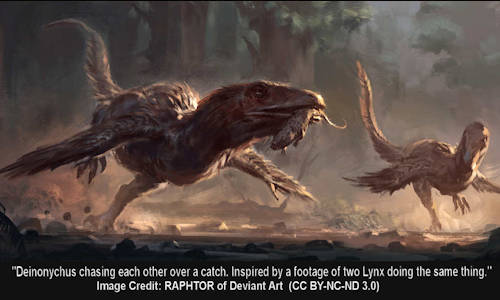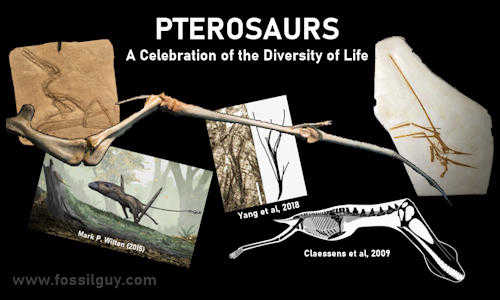Paleontology News
New Jurassic Dinosaur May Have Chirped Like a Bird
A newly discovered Jurassic dinosaur from China, Pulaosaurus qinglong, may have produced birdlike chirps, thanks to rare fossilized throat bones that offer fresh insight into how some dinosaurs may have vocalized.
Summary Points
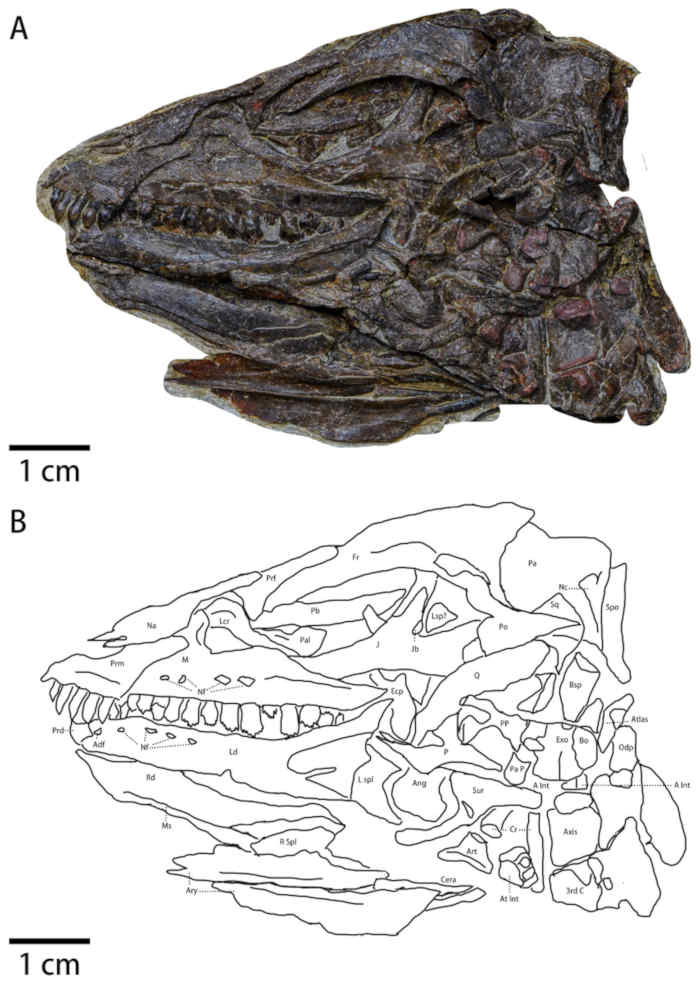
Figure 2 from (Yang et al, 2025) showing the skull of Pulaosaurus qinglongin left lateral view (IVPP V30936). CC BY-4.0
A new Jurassic dinosaur, Pulaosaurus qinglong, was discovered in northern China and may have chirped like a bird.
The tiny herbivore was about 2.4 feet long and is named after a mythical dragon known for its loud roars.
Rare fossilized throat bones (arytenoids) suggest it had a birdlike voice box capable of making controlled sounds.
This is not the first dinosaur found that may have chirped. A preserved larynx from an ankylosaur in 2023 showed that it probably also chirped.
Pulaosaurus helps fill a major gap in the Yanliao Biota by adding a plant-eating species to the mix.
Its mix of primitive and advanced features sheds light on the early evolution of neornithischian dinosaurs.
New Jurassic Dinosaur May Have Chirped Like a Bird
This news article is based on a the Journal Article (Yang et al. 2025) from PeerJ - CC BY 4.0
A New Jurassic Dinosuar from China
A newly discovered dinosaur from China is changing what we know about dinosaur sounds-and it might have chirped like a bird. Meet Pulaosaurus qinglong, a two-legged, plant-eating dinosaur that lived about 160 million years ago. This little dino measured just 72 centimeters long (about 2.4 feet) and is named after Pulao, a tiny dragon from Chinese mythology known for its loud roar. That name turns out to be surprisingly fitting.
A Big Find From a Small Dinosaur
The fossil was uncovered in northern China's Tiaojishan Formation, part of the famous Yanliao Biota-a treasure trove of Jurassic fossils. While the site has produced birds, mammals, and meat-eating dinosaurs, it was missing plant-eaters; until now. Pulaosaurus is the first neornithischian herbivore found in this area, filling an important gap in the region's prehistoric puzzle.
What Makes Pulaosaurus So Special?
In 2017, staff and volunteers at the Australian Age of Dinosaurs Museum discovered the remains of a subadult Diamantinasaurus in Queensland's Winton Formation. While excavating the skeleton, they noticed a cracked layer of rock that turned out to be packed with fossilized plant material. This cololite became the first definitive evidence of sauropod gut contents and preserved a variety of plant types in remarkable detail.
This isn't the first Dinosaur found that could chirp
The shape of these arytenoids is strikingly similar to those in modern birds, which suggests Pulaosaurus may have been capable of bird-like vocalizations-chirps, whistles, or even calls. This adds to growing evidence that some dinosaurs could 'speak' in ways we didn't expect.
And this isn't the first time scientists have found something like this. In 2023, researchers discovered a fossilized voice box from an ankylosaur, a heavily armored dinosaur that lived 80 million years ago. That fossil also hinted that some dinosaurs may have sounded more like birds than roars.
Helping Rewrite the Dino Family Tree
In addition to its voice box, Pulaosaurus had five-fingered hands, five front teeth, and a crest on its hip-features that help scientists place it near the base of the neornithischian family tree. It sits close to early relatives like Agilisaurus and provides new clues about how these dinosaurs evolved and spread across ancient China.
Why This Discovery Matters
Pulaosaurus qinglong may have been small, but its impact is big. It fills an important hole in the fossil record, reveals new clues about dinosaur sounds, and adds another layer to our understanding of how birds evolved from their dino ancestors. With its bird-like voice and mythical name, Pulaosaurus is proof that even the smallest fossils can make the biggest noise in science.
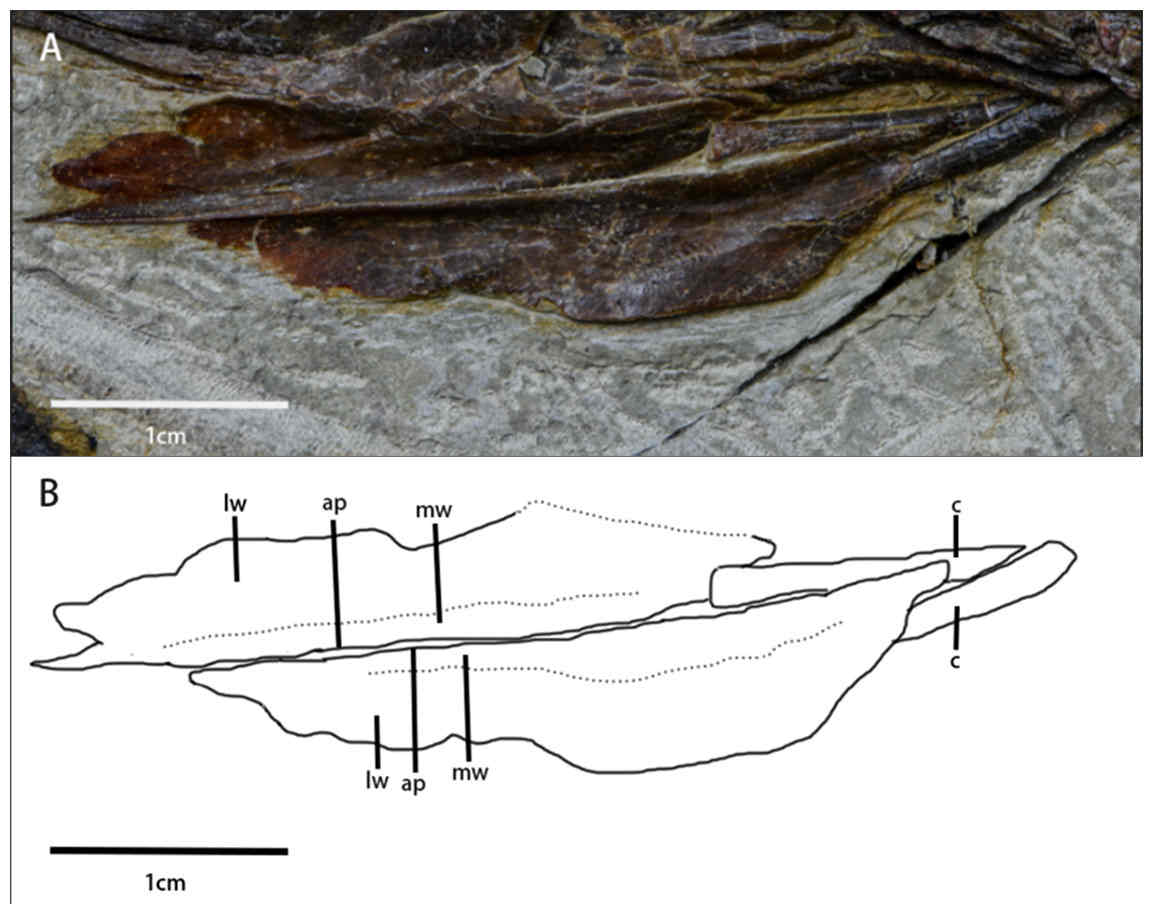
Figure 5 from (Yang et al, 2025) showing the arytenoids and ceratobranchials of the Pulaosaurus qinglongin. These rarely preserved structures help show how the throat and vocal structures are arranged and control airflow and sound production. CC BY 4.0
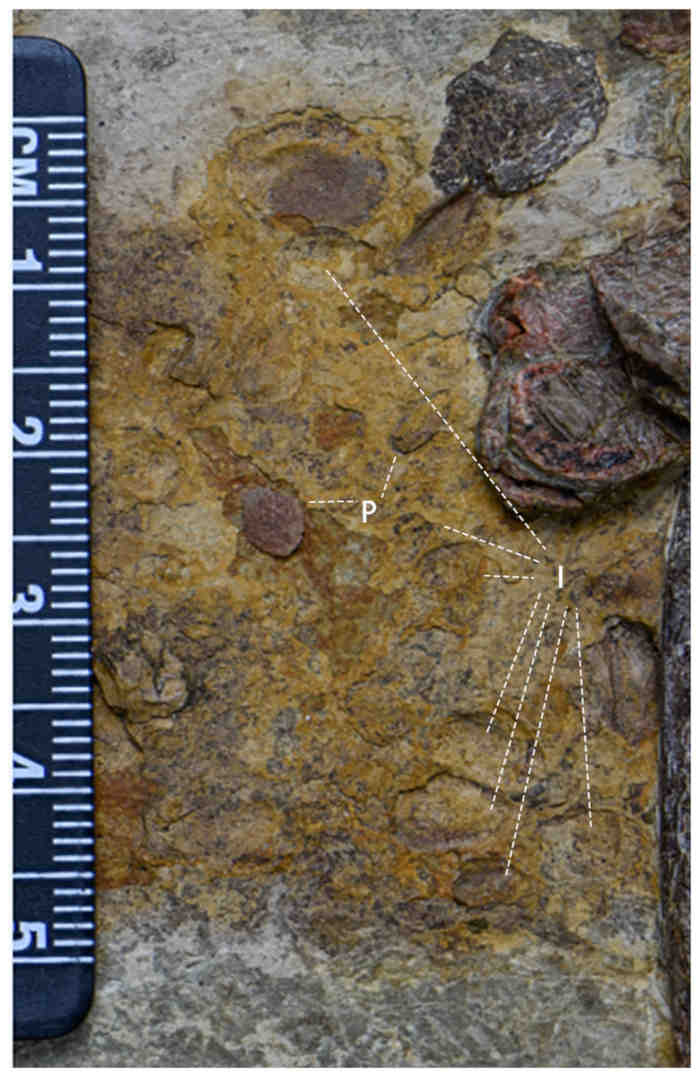
Figure 16 from (Yang et al, 2025) showing the preserved gut contents - P-Pebbles; I-Impressions of possible plant seeds. Photo credit: Hailong Zhang. CC BY 4.0
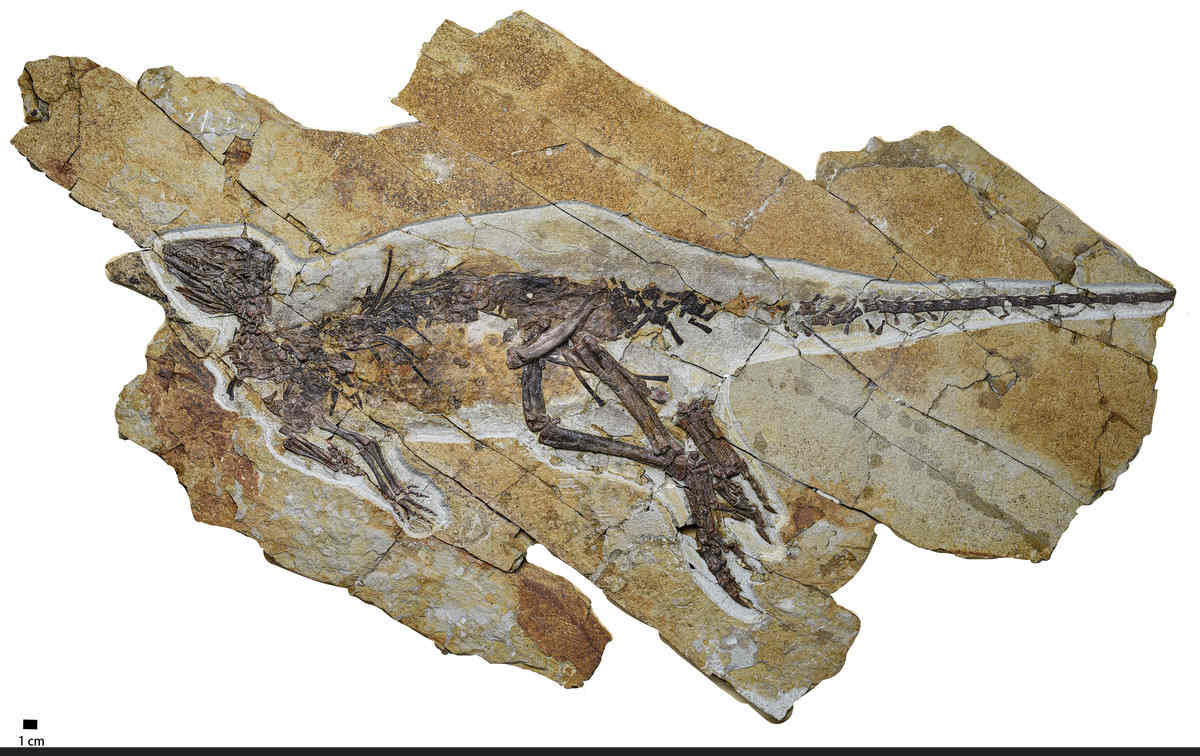
Figure 1 from (Yang et al, 2025) showing a photograph of the whole skeleton of Pulaosaurus qinglongin left lateral view (IVPP V30936). Image Credit: Hailong Zhang - CC BY 4.0
Journal Article:
Yang Y, King JL, Xu X. 2025. "A new neornithischian dinosaur from the Upper Jurassic Tiaojishan Formation of northern China." PeerJ 13:e19664 https://doi.org/10.7717/peerj.19664.
Recommended Dinosaur Books and Educational Items:

High quality Dinosaur teeth by Fossilera







